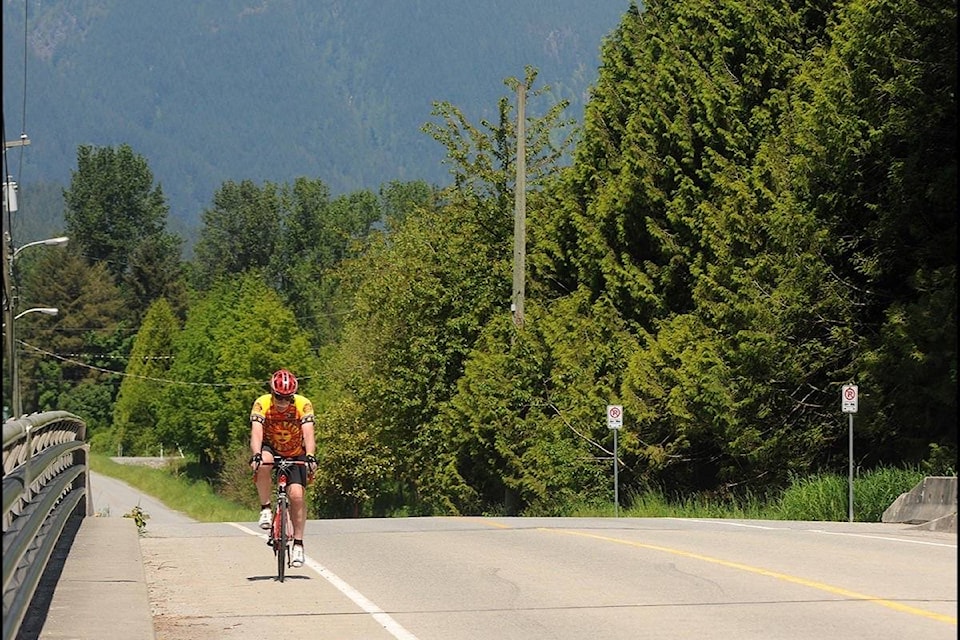Cycling is one of the most popular forms of recreation and exercise in the world. Most of us learn to cycle at an early age and can pick it up later in life with virtual ease – just like riding a bike, as the popular saying goes.
Most people cycle outdoors, but indoor cycling at home or in classes, called spinning, is also popular. Cycling outdoors can be fraught with hazards which will cause injuries, such as cars, pedestrians and potholes.
However, apart from traumatic injuries, there are a plethora of non-traumatic, overuse injuries that can occur both to the outdoor and the indoor cyclist. Here is a list of just some of the overuse injuries cyclists often contend with, and how to prevent them.
One of the most common complaints of cyclists is neck and low back pain. The popular configuration of bikes for decades has been the racing bike with the aerodynamic design of the low, forward placement of the handle bars. This configuration puts the rider in a bent forward position with the back and as a result forces the rider to extend the neck in order to see safely down the road. It is also the configuration of most spinning bikes.
When the neck is extended back for prolonged periods the muscles involved can become fatigued and sore and if the extension is great enough the facet joints in the bones of the spine can press on each other and become irritated. Pain in the low back is due to the muscles being stretched out and the spinal discs having a posterior compressive force which can contribute to over years to bulging and herniated discs.
If you watch racing cyclists who keep their heads low to benefit aerodynamically, you can observe the rounded, extreme “slouched” position of the low back which we call flexion. Our daily lives are filled with enough flexion from sitting at work or home that it is not healthy for the back to add in more flexion, if we can prevent it. To temporarily relieve these symptoms stretching the neck (chin to the chest) and stretching the low back (arching the low back – called “cobra” position in yoga) will help.
The other frequent complaint of avid cyclists is symptoms in the shoulder, arm or hand. The cause is often because the handle bar position is too far forward and/or too low, which causes the weight of the upper body to be more vertically oriented over the handle bars, and therefore excess force is transmitted through the arms into the hands. The pressure point on the hands is often the “heel” of the hand where a number of delicate, unprotected structures are located, including nerves.
Part of the ulnar nerve is frequently involved, because it is particularly vulnerable as it passes through the contact area of the heel of the hand to the ulnar tunnel causing numbness and tingling, or weakness in the ring and little fingers. Compression of the median nerve in the carpal tunnel from prolonged pressure and wrist hyperextension may cause similar symptoms in the thumb, index, middle and ring fingers as well as weakness of the thumb.
Padded handle bars and gloves can be helpful to those experiencing these symptoms. There is a much better way to prevent these overuse injuries to the arms, back and neck.
Simply raising the height of the handlebars and moving them closer toward the rider can alleviate most or all of the above injuries and symptom complaints.
Sitting in a more upright position reduces the amount of lower back flexion, it reduces the amount of neck extension (putting your posture closer to a normal posture), and it reduces the weight of the torso on the arms and hands.
Unless you are a competitive cyclist and need to benefit from aerodynamics, there is no real need in using a racing bike.
If you are experiencing any kind of bothersome symptoms it is a good idea to have the bike fit to your body by a professional bike-fitter.
Kerry Senchyna is the owner of West Coast Kinesiology in Maple Ridge. ksenchyna@westcoastkinesiology.com
